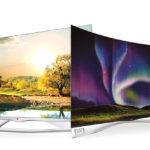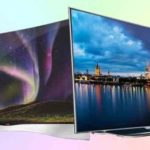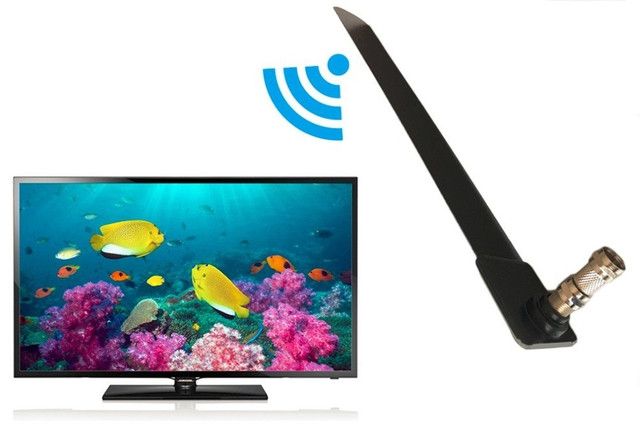Ice or oled TVs are better
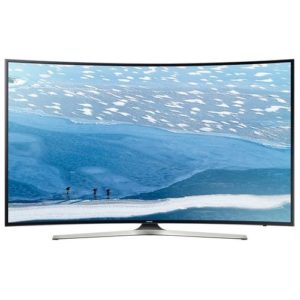 Digital technologies do not stand still. Gone are the days when buyers chose a TV based on the principle of color or black and white. The modern market offers LCD, plasma, LED and OLED TVs. What are LED and OLED TVs and which one is better?
Digital technologies do not stand still. Gone are the days when buyers chose a TV based on the principle of color or black and white. The modern market offers LCD, plasma, LED and OLED TVs. What are LED and OLED TVs and which one is better?
The content of the article
What do LED and OLED mean?
LED backlighting is widely used in a large number of LCD TVs. Unlike plasma, each pixel of LED TVs requires a backlight. The screen is illuminated using small LEDs. Based on the type of placement of the LED strip, they are divided into side and matrix or local. Local illumination is located on the rear surface of the matrix. Because of this placement, TVs are quite wide. Gradually, this type of placement replaced the side one. This made it possible to significantly reduce the dimensions of the panels.
REFERENCE! The same LEDs are used in OLED backlighting. However, they are organic. They are very small in size, thin and flexible.
Here, each pixel is a light source and its brightness is adjusted individually. This eliminated the need to use additional lighting.
Advantages and disadvantages of technology
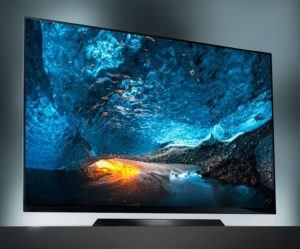 When comparing image quality, OLED is significantly superior to LED. But this indicator is not the only decisive point when choosing between these two technologies.
When comparing image quality, OLED is significantly superior to LED. But this indicator is not the only decisive point when choosing between these two technologies.
Response time. The development of ice technology does not stand still and it is constantly being improved.However, OLED has an undeniable advantage in response time. If we compare it with all currently existing digital television technologies, organic crystals are ahead of everything in terms of image transmission speed.
Transfer of black. This parameter is one of the main ones when determining picture quality. The higher this parameter, the higher the contrast. LED TVs, even when using dimming technology, are not capable of transmitting blue-black color. Therefore, the advantage here lies with OLED technology.
Brightness.LEDs are capable of providing incredibly bright light. Therefore, here, albeit with a slight advantage, the advantage is with LED receivers.
Viewing angle.A rather controversial characteristic is how OLED TVs have a curved screen. This design does not allow a viewer standing on the side to fully embrace the entire screen, since part of the screen will be covered by a bend.
Electricity consumption.OLED technology has an undeniable advantage here. Such TVs are thinner, do not require additional backlighting and therefore consume significantly less electricity.
Prices.The clear leader is LED technology. The cost of OLED TVs makes them unaffordable for most users. Most likely, this trend will continue for several years.
Lifetime.Here it is impossible to say which side has the advantages. OLED technology is still very young, so it’s quite difficult to talk about service life.
What to choose?
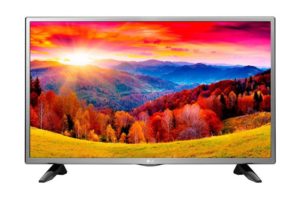 If the user cares about picture quality and contrast, there is no need to place the TV on the wall, and there are no financial restrictions, then you can choose OLED. However, the plasma panel also demonstrates the same image quality and excellent viewing angle.Moreover, we should not forget that a new technology that costs a lot of money today may become several times cheaper in a couple of years.
If the user cares about picture quality and contrast, there is no need to place the TV on the wall, and there are no financial restrictions, then you can choose OLED. However, the plasma panel also demonstrates the same image quality and excellent viewing angle.Moreover, we should not forget that a new technology that costs a lot of money today may become several times cheaper in a couple of years.
REFERENCE! LED TV is slightly inferior, but it costs much less.
So perhaps you should wait a couple of years to buy an OLED receiver and opt for an LED Smart TV?


